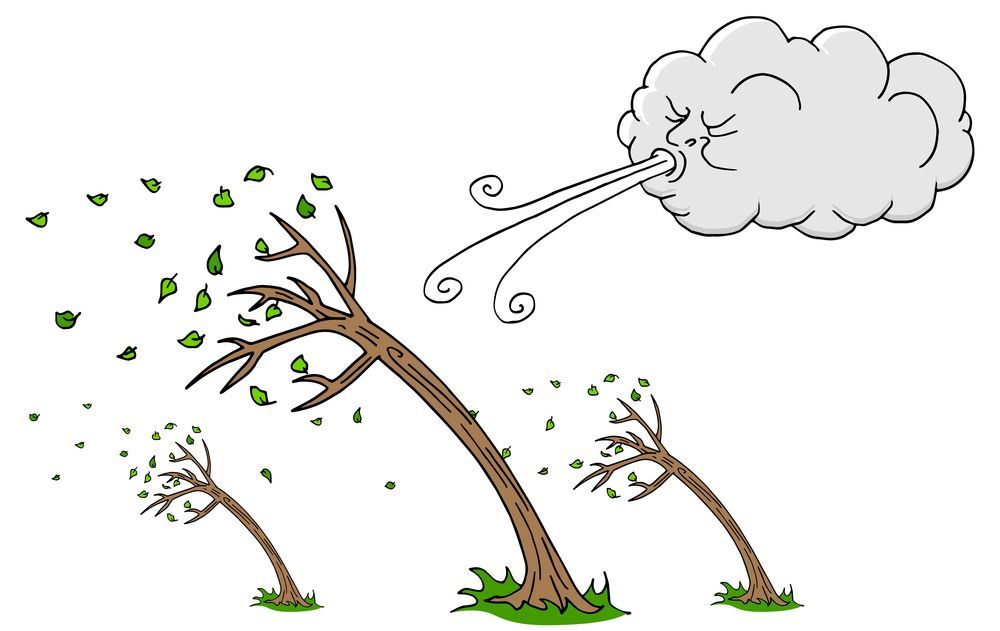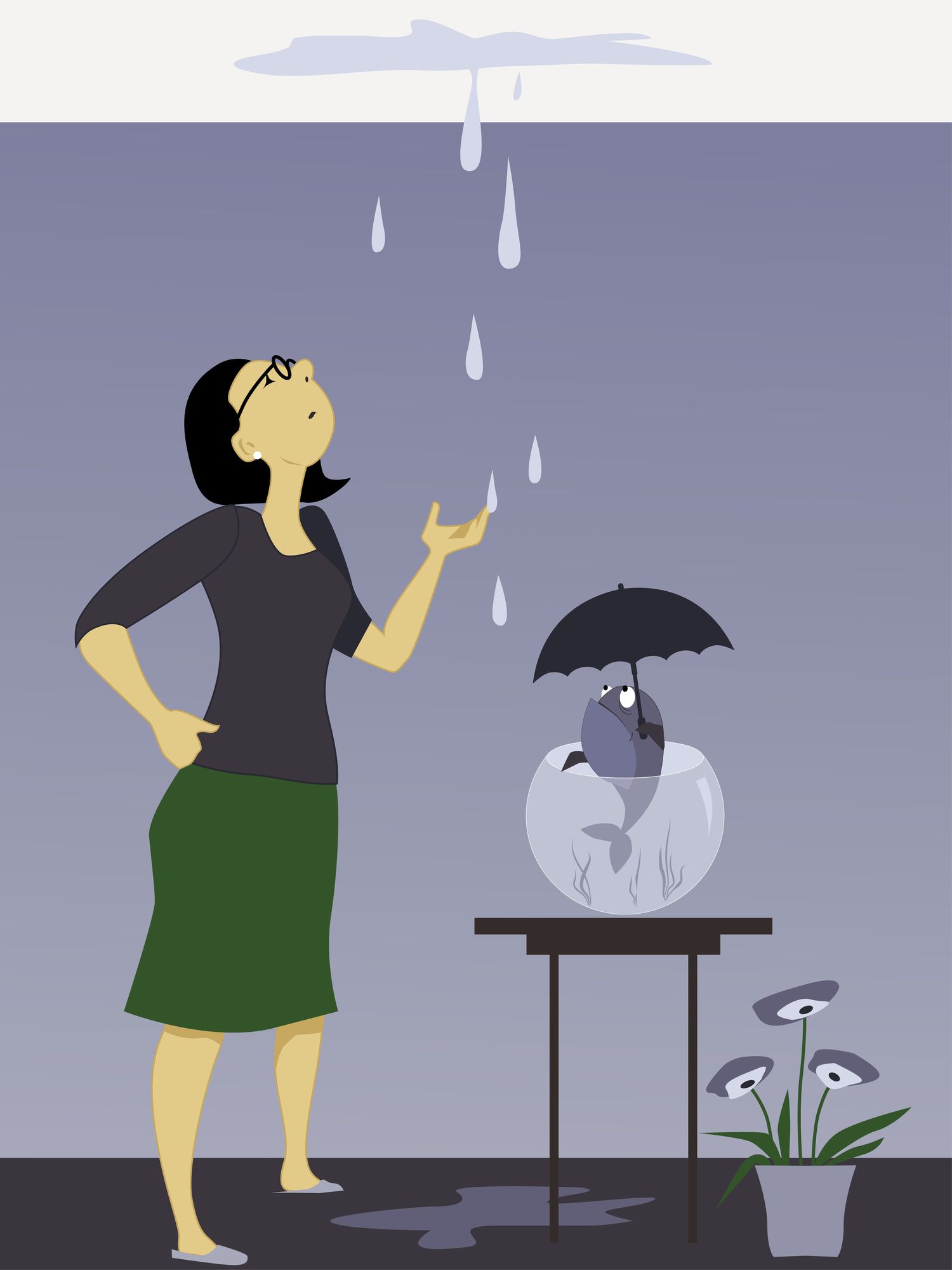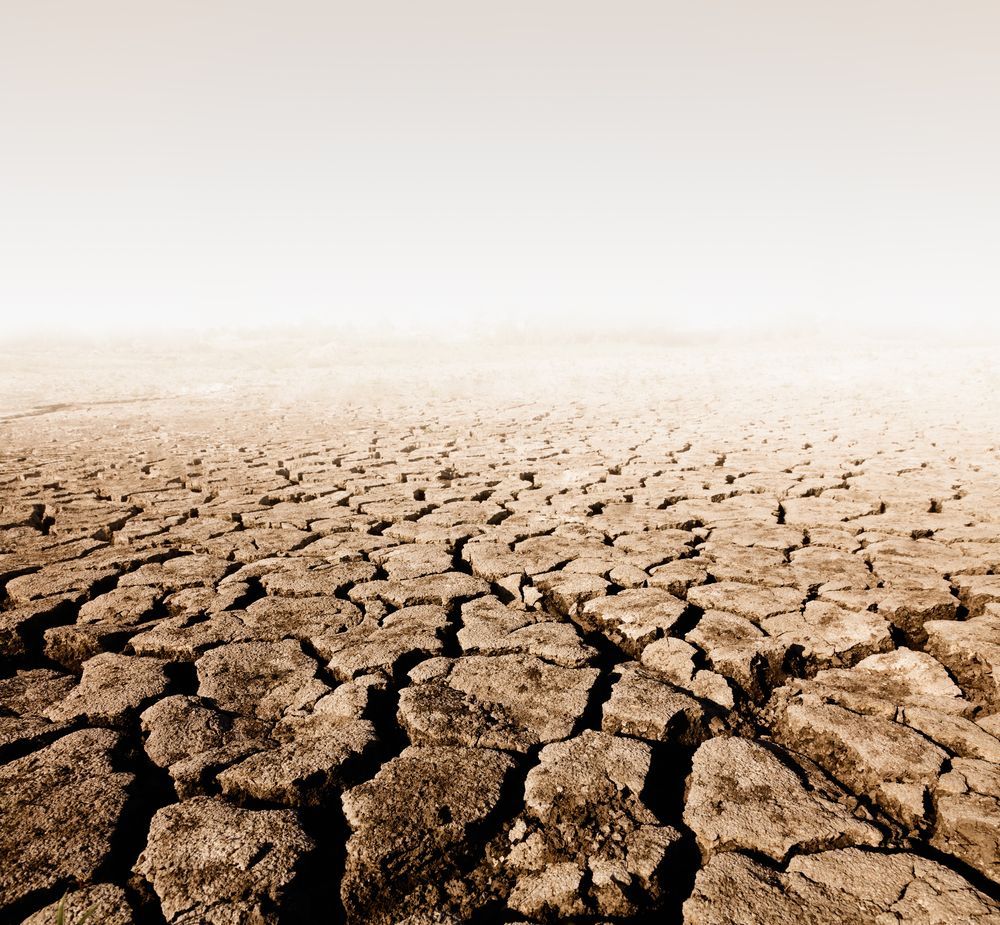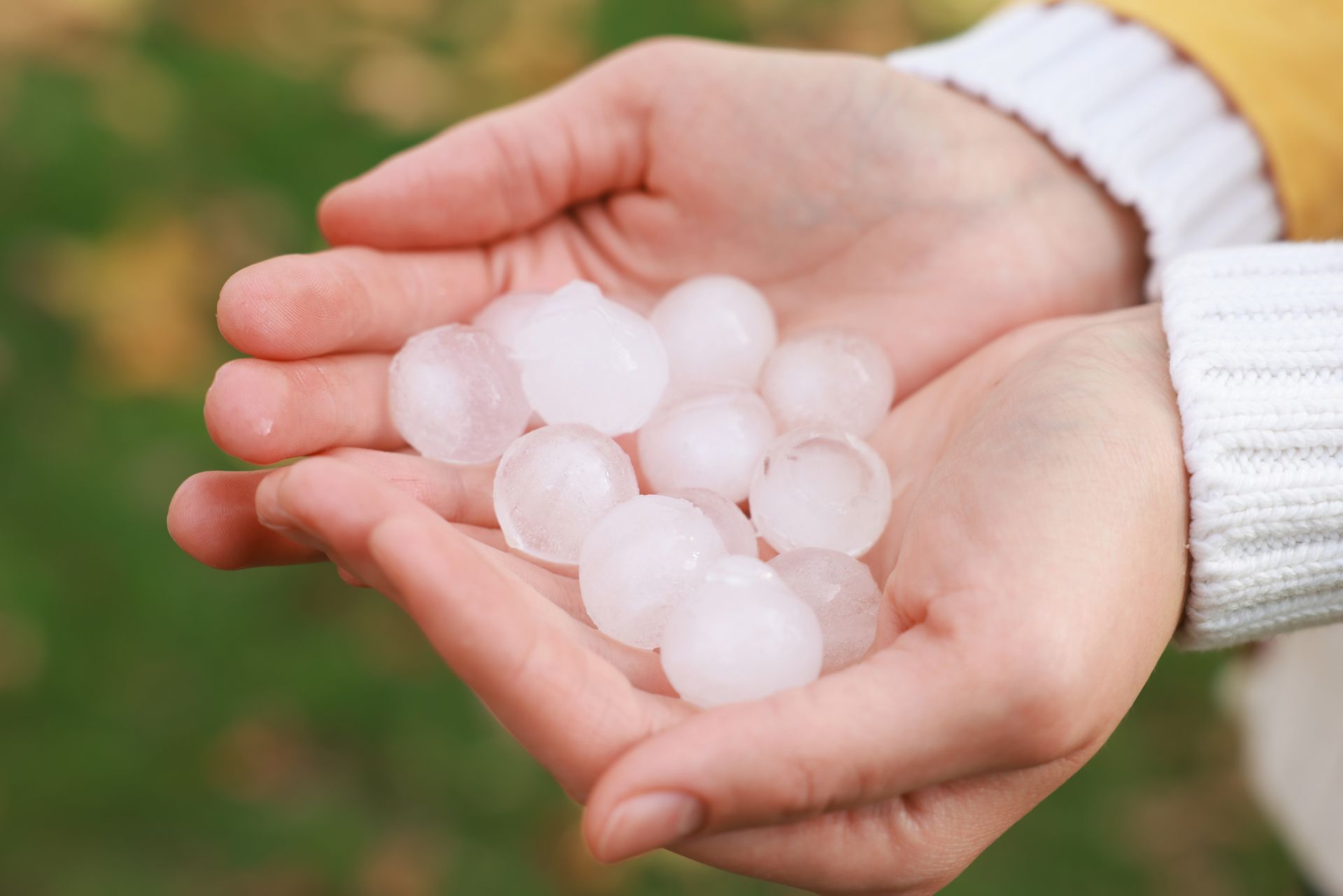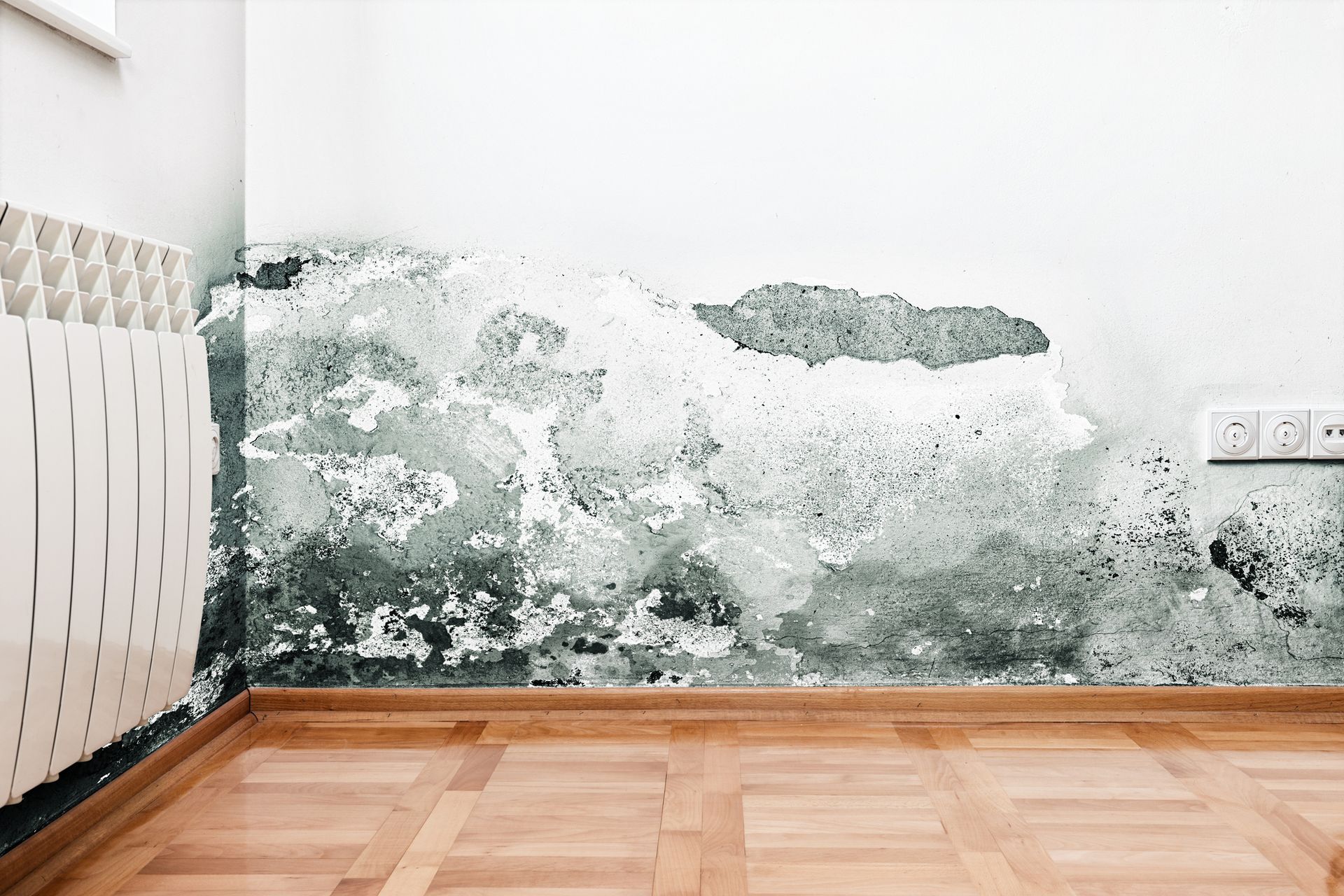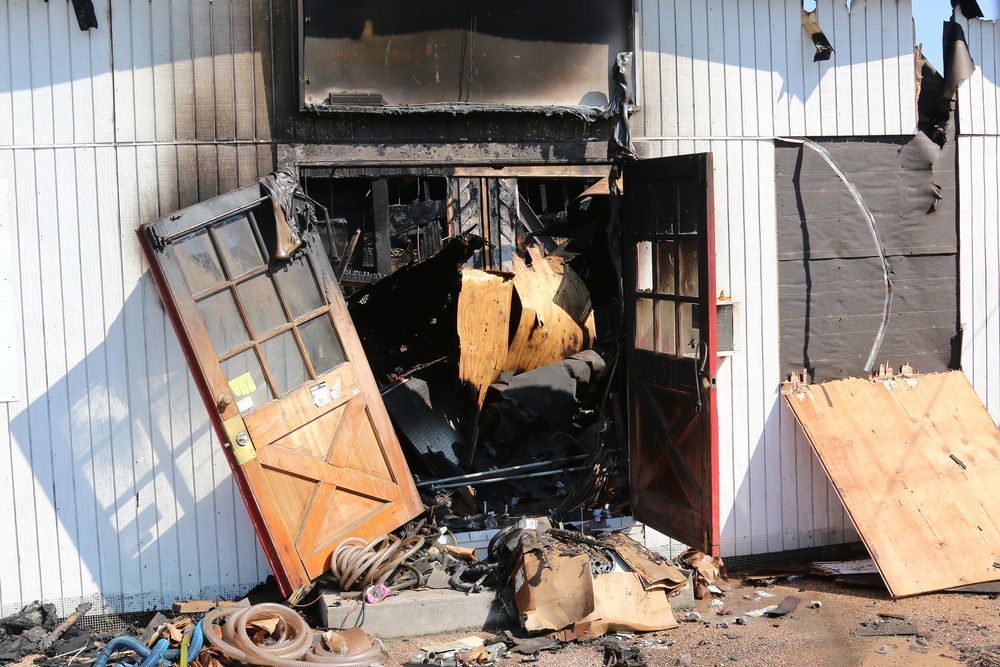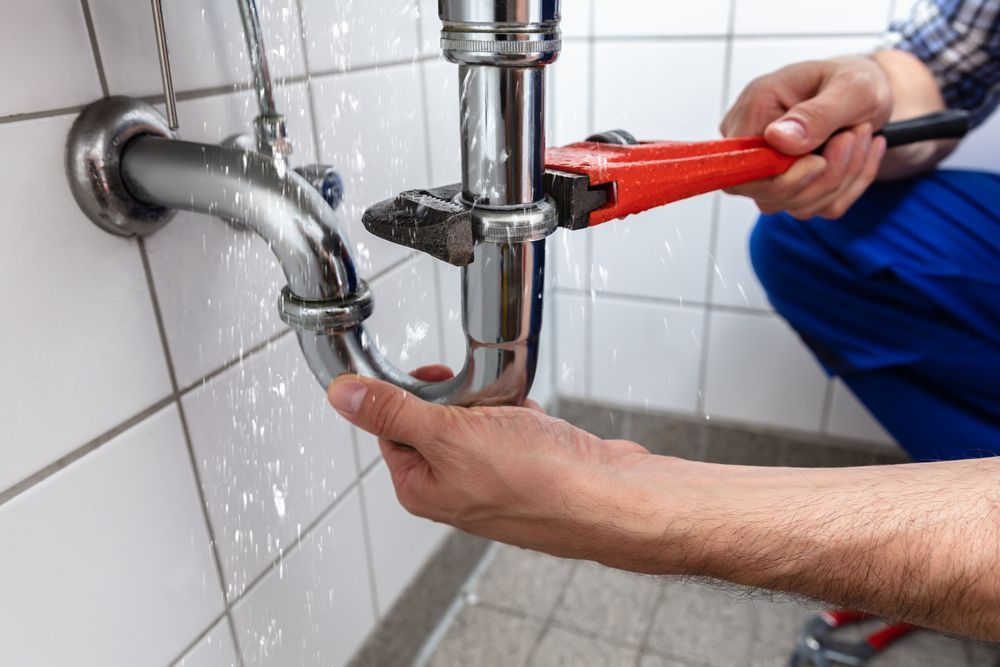Should I repair or replace my rain gutters?
Should I repair or replace my rain gutters?
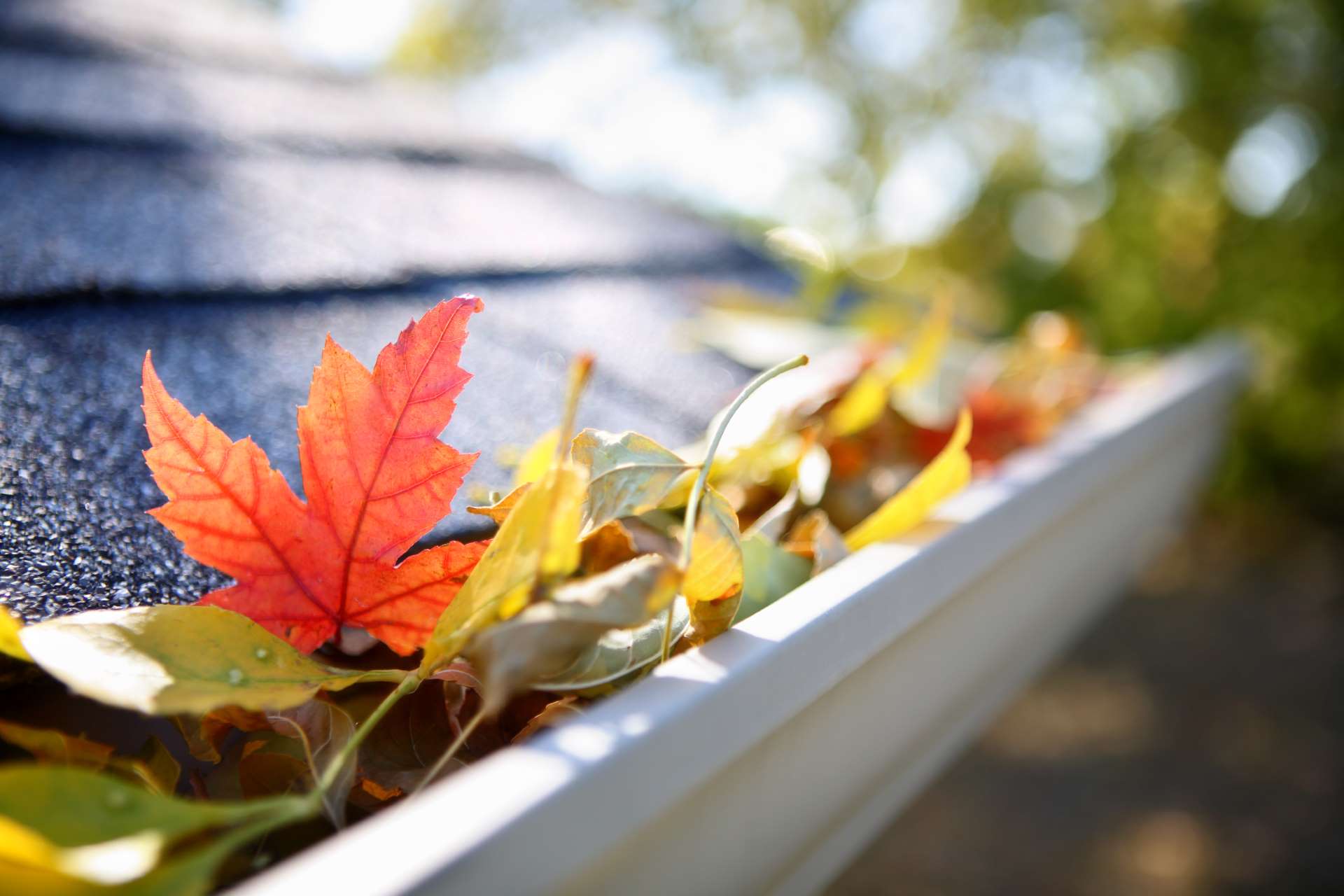
We usually don't think much about rain gutters. When they work, you don't give them a second thought. It's a dilemma, though, when your rain gutters stop working: should you repair them or install replacement gutters? If you are considering repairing or replacing rain gutters, consider these three factors:
Leaks
Let's first explain what leaks are before we decide whether to repair or replace leaky rain gutters. Leaking rain gutters can happen for a variety of reasons, including overflowing, separations at the seams, and cracked or corroded gutters. You can reduce leaks of all three types by cleaning your gutters.
Water may overflow gutters if debris has clogged them or when the weight of accumulated water has caused them to deform or corrode. Cleaning your gutters regularly can prevent leaks caused by overflow, deformation, cracking, and corrosion.
Whether the rain gutters should be repaired or replaced once leaks begin depends on the reason the rain gutters are leaking.
- When the gutters overflow, remember to clean both the gutters and the downspouts as well.
- Rain gutter repair may be possible if leaks are caused by separation at the seams.
- When leaks are caused by bent rain gutters, gutter repair may be possible if the gutters can be bent back into shape.
- It may be necessary to replace rain gutters if cracks in gutters or gutters that are too deformed to be repaired are causing leaks.
Corrosion
There is no way to reverse corrosion. When steel rusts, it will remain rusted. Therefore, repairing or replacing corroded materials will depend on their extent.
- It may be possible to repair rain gutters if rust has just started and is contained to small pits or holes that can be patched or sealed and painted.
- Occasionally, a rain gutter can be repaired if the rust is limited to a specific part, such as a downspout elbow, which can be replaced without replacing the entire gutter.
- In cases of extensive rust or rust in multiple parts of the gutter system, gutter replacement may be necessary.
Sagging
Rain gutters sag because they are unable to support the weight of the gutter plus water. A gallon of water weighs eight pounds, so clogged gutters can hold hundreds or thousands of pounds of rainwater. By cleaning rain gutters regularly, the risk of sagging gutters can be reduced. Additionally, gutters can sag due to snow and ice, damage to the roof or gutters from falling objects, such as trees, or natural loosening of hangers and brackets.
A sagging gutter can lead to water accumulating at its base, so it does not drain properly. The accumulated water can overflow, cause corrosion, bend or deform the gutters, and lead to further sagging if the lowest point is not near a downspout.
It depends on a number of factors, including the reason for the sagging and the extent of the deformation, whether sagging rain gutters need to be repaired or replaced.
- The gutters may need to be repaired if hangers and brackets are bent or if hangers and brackets have become detached from the house.
- Rain gutter replacement may be necessary if the gutters are sagging due to damage to the roof, which requires roof repair.
- The gutters may need to be replaced if they are so deformed that they cannot be bent back into shape.
Depending on the reason for the problem and the extent of the damage, rain gutter issues such as leaks, corrosion, or sagging may be repaired or may require replacement gutters.
Restoration 1 of Peyton can restore your home if you have experienced water damage due to a clogged or broken gutter.

